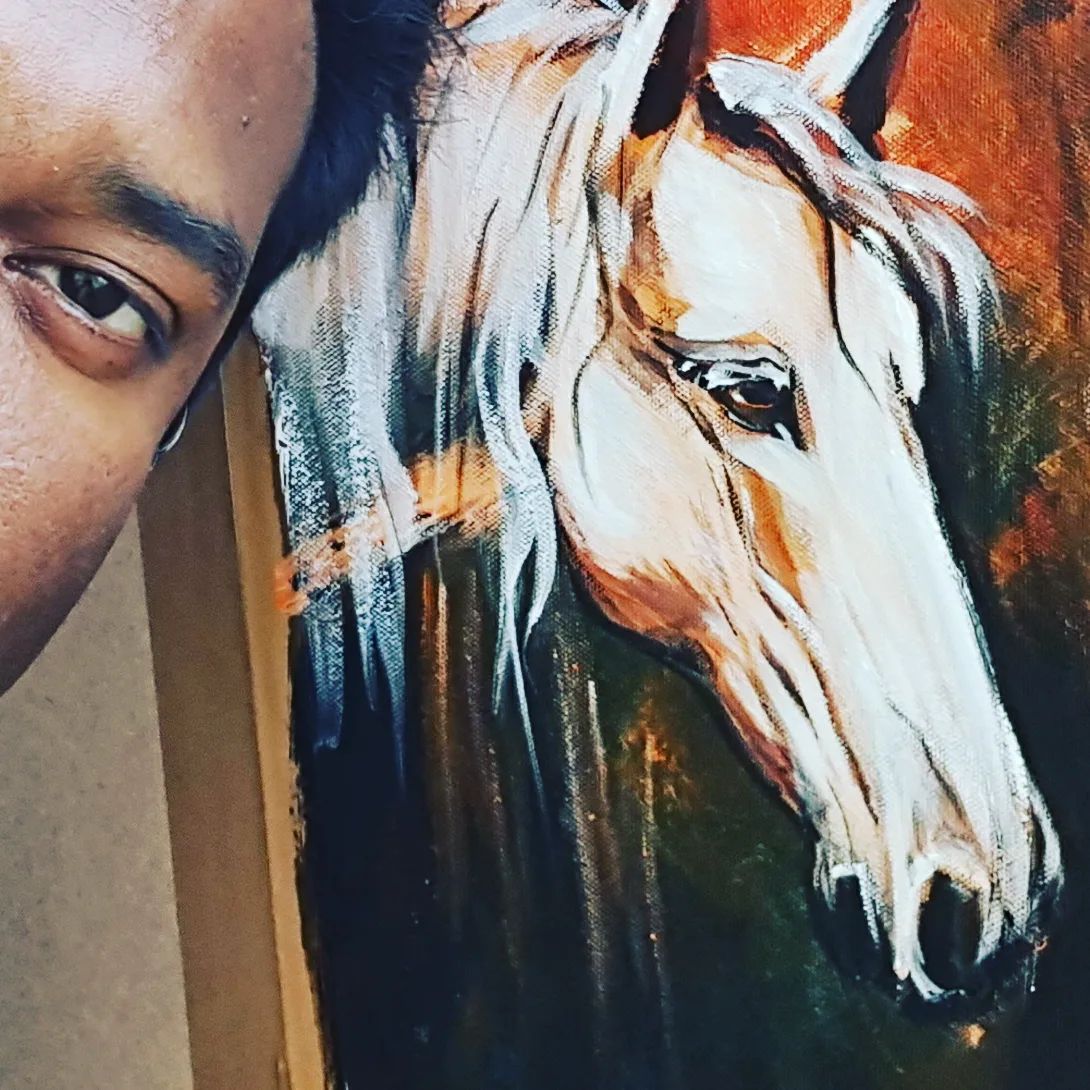Introduction
Street art is a dynamic and ever-evolving form of artistic expression that transforms public spaces into vibrant galleries. From colorful murals to intricate graffiti, street art captures the essence of urban culture and creativity. In this blog, we’ll delve into the world of street art, its history, techniques, and the impact it has on communities. Whether you‘re an art enthusiast or a curious observer, join us on this journey to explore the captivating world of street art.
A Brief History of Street Art
Street art has roots that trace back to ancient times, with early examples found in cave paintings and inscriptions. However, modern street art as we know it began to take shape in the late 20th century.
The Birth of Graffiti
The graffiti movement emerged in the 1960s and 1970s in urban centers like New York City and Philadelphia. Young artists used spray paint and markers to tag walls, trains, and other public surfaces with their unique signatures, known as “tags.” This underground movement quickly gained momentum and became a form of rebellion and self-expression for marginalized communities.
Evolution into Street Art
As the graffiti movement evolved, artists began to experiment with different styles and techniques. The 1980s saw the rise of muralism, where artists created large-scale, elaborate works on public walls. This period also marked the emergence of street art as a recognized art form, with artists like Jean-Michel Basquiat and Keith Haring gaining prominence. Unlike traditional graffiti, street art often carried social and political messages, challenging the status quo and sparking conversations.
Techniques and Styles
Street art encompasses a wide range of techniques and styles, each contributing to its rich diversity.
Spray Paint and Stencils
Spray paint is a staple in street art, allowing artists to create vibrant and bold works quickly. Stencils, popularized by artists like Banksy, enable intricate and detailed designs. Artists cut designs into paper or cardboard, then spray paint over the stencil to transfer the image onto the surface.
Wheatpaste and Posters
Wheatpaste is a simple adhesive made from flour and water, used to stick posters or paper artworks to walls. This technique allows artists to create detailed images or messages on paper and then paste them in public spaces. It’s a favorite among street artists for its ease of use and ability to quickly disseminate art.
Murals and Paint
Murals are large-scale paintings created directly on walls or buildings. These works often involve detailed planning and collaboration, sometimes commissioned by city councils or private organizations. Murals can transform entire neighborhoods, adding color and life to urban landscapes.
Yarn Bombing
Yarn bombing, also known as knit graffiti, involves covering public objects like trees, benches, or lamp posts with knitted or crocheted materials. This playful and colorful form of street art adds a touch of warmth and creativity to urban environments.
The Impact of Street Art
Street art is more than just visual appeal; it has profound social, cultural, and economic impacts on communities.
Social Commentary
Many street artists use their work to address social and political issues, such as inequality, human rights, and environmental concerns. By bringing these topics into public view, street art sparks dialogue and raises awareness.
Cultural Identity
Street art reflects the cultural identity of a community, showcasing its values, history, and aspirations. It celebrates local heritage and can be a powerful tool for preserving and promoting cultural traditions.
Economic Revitalization
Street art can also contribute to the economic revitalization of urban areas. Murals and public art installations attract tourists, boost local businesses, and enhance property values. Cities like Berlin, London, and Melbourne have embraced street art, turning once-neglected neighborhoods into thriving cultural hubs.
Notable Street Artists
Banksy
Banksy is perhaps the most famous street artist, known for his provocative and politically charged works. His anonymity adds an air of mystery and intrigue, making his art even more impactful.
Shepard Fairey
Shepard Fairey, the artist behind the iconic “Hope” poster for Barack Obama’s 2008 presidential campaign, is another influential figure in street art. His works often combine bold graphics with social and political messages.
JR
JR is a French artist known for his large-scale photographic installations. His work often features portraits of marginalized individuals, highlighting their stories and struggles.
How to Appreciate Street Art
Take a Street Art Tour
Many cities offer guided street art tours that provide insights into the history, techniques, and artists behind the works. These tours are an excellent way to discover hidden gems and gain a deeper appreciation for street art.
Follow Street Art on Social Media
Social media platforms like Instagram are great for discovering and following street artists from around the world. Many artists share their latest works and behind-the-scenes processes, giving you a glimpse into their creative journeys.
Support Street Art Initiatives
Support local street art initiatives and festivals that promote public art. These events not only showcase incredible talent but also foster a sense of community and cultural exchange.
1. Street art
2. Graffiti art
3. Urban murals
4. Street artists
5. Banksy art
6. Public art
7. Graffiti history
8. Urban culture
9. Street art techniques
10. Famous street artists




